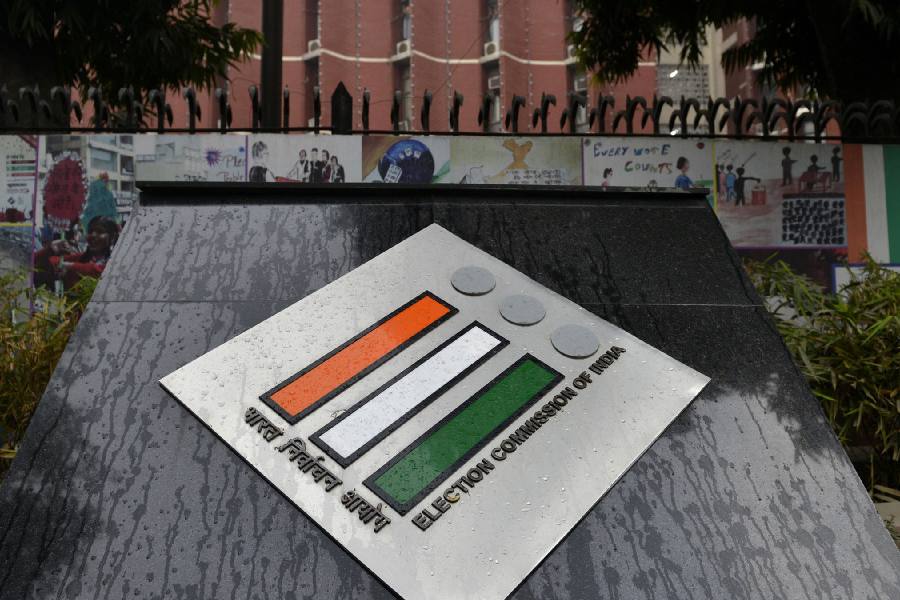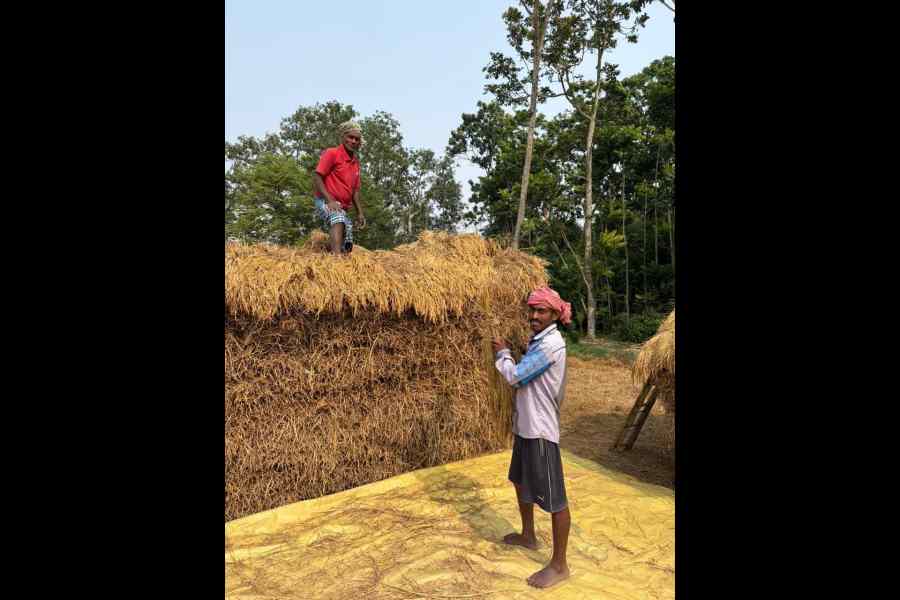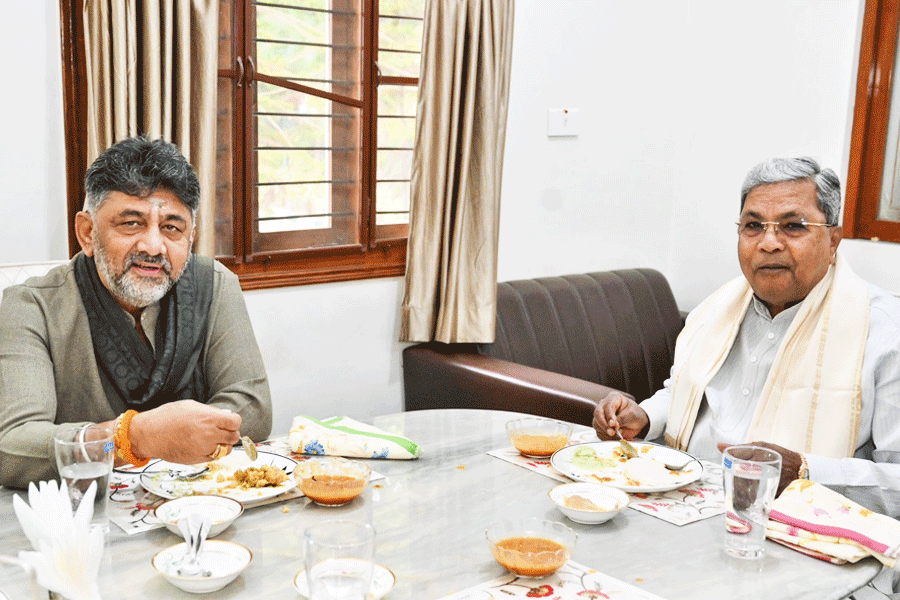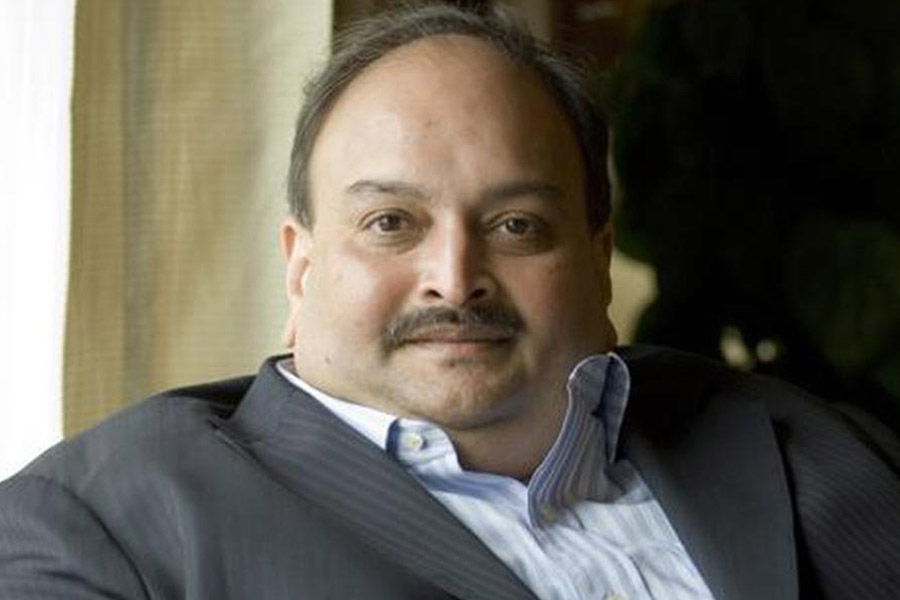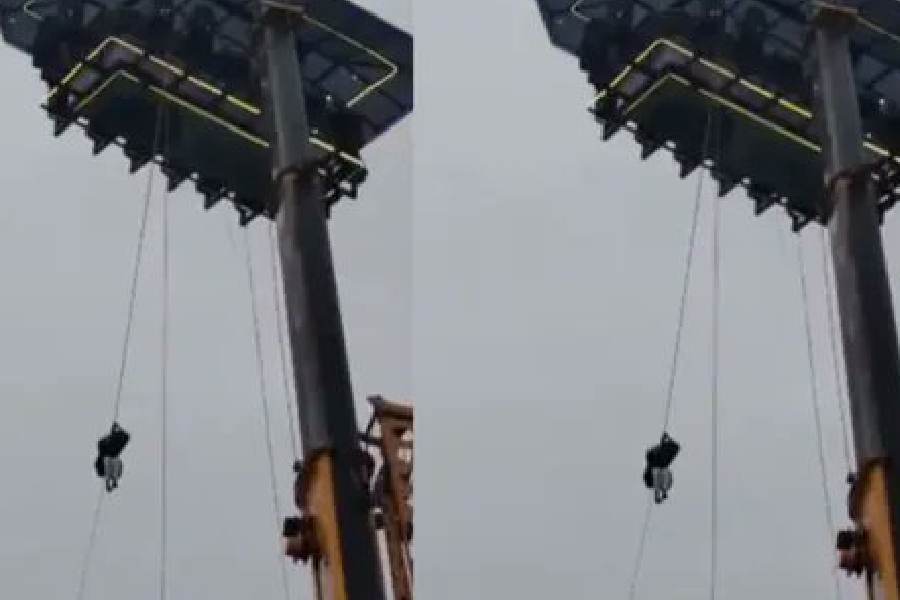Various official bodies such as the Law Commission, Election Commission and a parliamentary standing committee have over the years cited the pros and cons of having simultaneous national and state elections countrywide, an arrangement towards which the Narendra Modi government has now made a move.
These official bodies have mostly backed the idea of simultaneous polls – or at least bunched Assembly elections and by-elections --- to reduce the frequency of polls and, therefore, poll expenses.
However, some of them have also underscored the challenges of conducting simultaneous polls, such as the huge requirement of personnel as well as electronic voting machines and paper trail devices, which would drive up the costs.
Elections for the Lok Sabha and state assemblies happened simultaneously till 1962 before Nagaland became a state the following year and held its first elections in 1964. In 1967, the Haryana Assembly was prematurely dissolved, followed by several others in 1968. All this disrupted the cycle. Over the decades since then, several Assemblies have been prematurely dissolved and new ones formed, setting up different election timetables for different states.
The idea of having simultaneous polls has been discussed in the Law Commission of India and Parliament.
The Law Commission’s 170th report in 1999 said: "It is true that we cannot conceive or provide for all the situations and eventualities that may arise whether on account of the use of Article 356 (which of course has come down substantially after the decision of Supreme Court in S.R. Bommai v Union of India) or for other reasons, yet the holding of a separate election to a legislative assembly should be an exception and not the rule. The rule ought to be 'one election once in five years for Lok Sabha and all the legislative assemblies'.”
Article 356 allows the Centre to dismiss a state government it deems unable to discharge its constitutional responsibilities.
To increase the stability of the Lok Sabha, the Law Commission, then chaired by Justice B.P. Jeevan Reddy, also recommended that there should be a gap of at least two years between successive motions of confidence or no-confidence.
It also suggested that a no-confidence motion be always accompanied by a motion of confidence in an alternative member of Parliament (to lead the government), and both be taken up simultaneously. Both motions would have to pass by a majority for either to be given effect to.
In 2015, the 79th report of the parliamentary standing committee on personnel, public grievances, law and justice suggested that the upcoming Assembly polls could be held in two batches — the first in 2016, and the second with the Lok Sabha polls in 2019. It also suggested that all by-elections be held during a fixed period every year.
In a reply to the Lok Sabha in 2018, the government said that the Niti Aayog had also recommended that all Assembly polls be held in two batches. The same year, the Law Commission’s draft report under Justice B.S. Chauhan recommended polls in two batches, or polls in a particular year to be held at the same time.
The 2015 parliamentary panel report, under the chairmanship of Congress member E.M. Sudarsana Natchiappan, quoted the Election Commission of India as saying: “Presently, the cost of holding elections for Lok Sabha and legislative assemblies of states and UTs has been pegged at (Rs) 4,500 crore by the ECI.”
It added: “The ECI has also pointed out several difficulties which might be encountered for conducting simultaneous elections. The chief issue highlighted by them is that simultaneous conduct of elections would require large-scale purchase of electronic voting machines and voter-verifiable paper audit trail (VVPAT) machines.
“For conducting simultaneous elections, the commission expects that a total of rupees 9,284.15 crore will be needed for procurement of EVMs and VVPATs. The machines would also need to be replaced every 15 years which would again entail expenditure. Further, storing these machines would increase the warehousing cost.”
However, the Election Commission also underlined that simultaneous polls would reduce the prolonged deployment of personnel, especially security forces, on poll duty.
In a reply to the Lok Sabha in March this year, then law minister Kiren Rijiju listed “impediments/ imperatives” towards the synchronisation of Lok Sabha and Assembly polls.
These included amendments to Articles 82, 85, 172, 174 and 356 of the Constitution, a consensus among all parties and states, and additional EVMs and VVPAT machines as well as personnel.

